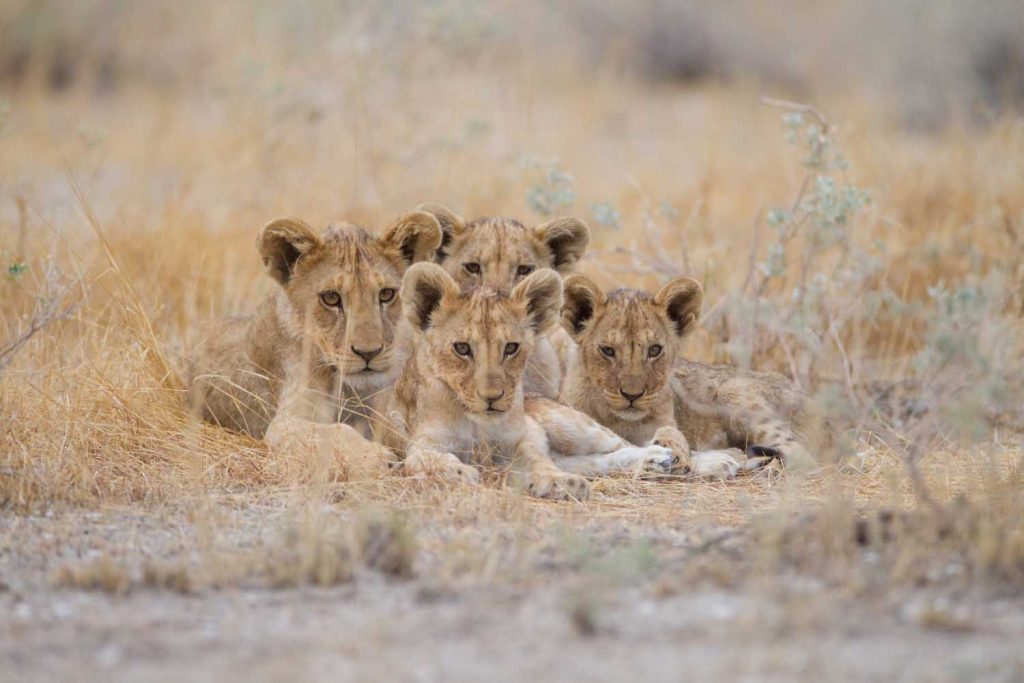World Heritage Site and UNESCO Biosphere Reserve
Lying between Maasai Mara Reserve in Kenya to the north, Ngorongoro Conservation Area to the south-east and extending close to less than 10kms of the shores of Lake Victoria to the west, Serengeti is the third largest National Park in Tanzania covering an area of 14,763sqkm; only Nyerere and Ruaha National Parks in southern Tanzania are bigger with 30,000 and 20,380 square kilometres respectively.
Aptly named endless plains, Siringet in Maasai, you immediately experience this vastness as you enter the southeastern plains of the park from Ngorongoro highlands. Declared a protected area in 1921 and gazetted as a National park in 1951, Serengeti is the oldest National Park in Tanzania and undoubtedly one of the most famous wildlife reserves in the world.
According to the Tanzania National Parks website, Serengeti is home to the world’s largest populations of Wildebeest, Zebra, Cape Eland, Lion, Cheetah, Hyena and Gazelles. Serengeti National Park is also home to the world’s last remaining large mammal migration, the Great Serengeti Migration, which is one of the Seven Natural Wonders of Africa.

The endless movement of wildebeest and other migratory animals in the Serengeti ecosystem is dictated by rainfall and the availability of water and fresh pastures. The migration follows the same clockwise pattern every year with slight variations depending on the weather.
According to the official Serengeti National Park guide book, the main wildebeest migratory population ranges a region of 25,000sqkm, in the Serengeti ecosystem, of which about two thirds is protected in the Serengeti National Park, Ngorongoro Conservation Area and the Kenya Maasai Mara National Reserve, the rest lying in the adjacent areas bordering the Serengeti including Loliondo Game Controlled Area to the northeast, Maswa Game Reserve to the southwest, and Grumeti Game Reserve and Ikorongo Game Reserve to the northwest, all located in Tanzania. The migration normally stays in Tanzania for at least 9 months, from November to August. Serengeti National Park encompasses the main part of the Serengeti ecosystem.
From December through to April every year, depending on the onset of the short and long rains, the southeastern Serengeti plains and the open woodlands around Lakes Ndutu and Masek are transformed into a busy holding ground for vast herds of migratory animals, in the main the wildebeest, breeding and re-grouping in their hundreds of thousands. Ndutu, which is geographically within the Ngorongoro Conservation Area, forms an important part of the Serengeti ecosystem, especially the open short grass plains which provide calving grounds for the wildebeest in February and March every year.

Explore one of Africa’s most iconic safari destinations on game drives and guided walks across the Serengeti’s open savannah plains. Tick Tanzania’s many birds off your list, and spend the evenings gazing at the stars, as plentiful as the migratory herds (Wilderness Experiences Nature).
What sets us apart at Nature & Leisure in Africa is our expertise in organizing safe and unforgettable trekking adventures to Mount Kilimanjaro, Africa’s highest peak.